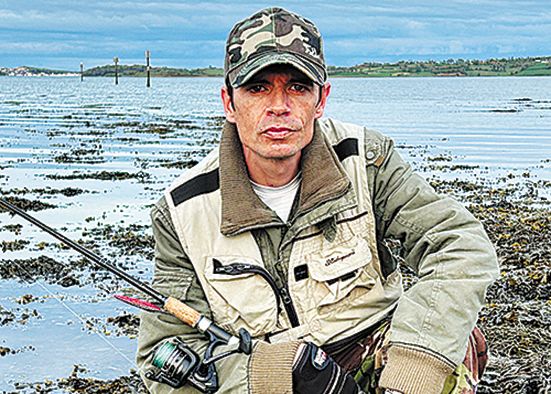Sewage overflow concerns at lough
Sewage overflow concerns at lough
1 May 2024

A CONCERNED Killyleagh resident believes the overflow of sewage into Strangford Lough is causing severe damage to local fishing communities.
A recent report by Northern Ireland Water revealed that more than 20 million tonnes of untreated sewage and wastewater is being spilled into the province’s waterways annually.
This untreated sewage includes human waste and chemical discharges from factories. NI Water said this spills from storm overflow pipes more than 24,500 times each year into rivers, lakes and bathing waters.
Modelling data published by the organisation revealed that on 24,521 occasions each year, wastewater coming from toilets, washing machines and factories is going straight into the water without being treated.
James Kilpatrick said the amount of waste water being pumped into the Strangford Lough is having adverse effects on the Lough’s various ecosystems.
“I have been fishing at the lough since I was a boy,” the 39 year-old explained.
“People are starting to notice the decrease in some of the creatures like mullet, sea trout, flounder, pollock and shellfish which is having detrimental effects on our fishing communities. I fish recreationally but the wastewater going into the lough is far too prevalent.”
James has raised his concerns with NI Water about the amount of wastewater being pumped into the waterway and remains frustrated he has not been provided with any statistics on the issue.
Last year, he submitted a Freedom of Information (FoI) request to NI Water asking for the amount of estimated untreated wastewater being pumped into Strangford Lough due to flooding.
He was informed that that the company does not keep a record of the number of occasions, duration or “actual volumes of releases into public waterways from its sewage system”.
The Killyleagh man was also informed that NI Water does not measure the volume of treated water discharged from its treatment works.
NI Water is legally permitted to have some spills of wastewater from sites called combined storm overflows, but only in exceptional circumstances like heavy rainfall.
“Combined storm overflows are a pressure relief valve for the wastewater network,” NI Water’s director of engineering and sustainability Gary Curran has explained.
“If we didn’t have those, we would have out-of-sewer flooding, potentially causing damage to property and houses.”
According to NI Water, there are 11 storm overflow pipes that pump into Strangford Lough.
There is also a combined sewage overflow that filters into the lough from river systems such as the Quoile in Downpatrick, the Enler in Comber and the Dibney in Killyleagh.
While the amount of sewage and wastewater is not recorded, it was revealed last week that a majority of sites province-wide discharging wastewater, are not compliant with environmental legislation.
A recent examination of half of NI Water’s combined storm overflows found that 80% were in breach of legal limits, adding up to an estimated 20 million tonnes of wastewater spilling into public waterways each year.
Northern Ireland Water’s business plan was agreed with the Utility Regulator in January 2020 and called for £2.2 bn in capital investment to address issues with the network.
Mr Curran said unless that money is made available, the spills and pollution incidents will not stop.
“If the funding does to match our expectations, we will not be able to address the issues that we have,” he said.
It’s a sentiment echoed by Mr Kilpatrick who believes it’s a situation that will not get better.
He added: “I know that the cost of fixing our drainage and sewage system will cost over £2bn, but something needs to be done.
“I don’t know if it’s a priority of this Executive and I know that NI Water has acknowledged something needs to change, but the status quo is have a severe impact on the lough’s ecosystems and the consequences of that will be far-reaching.”


